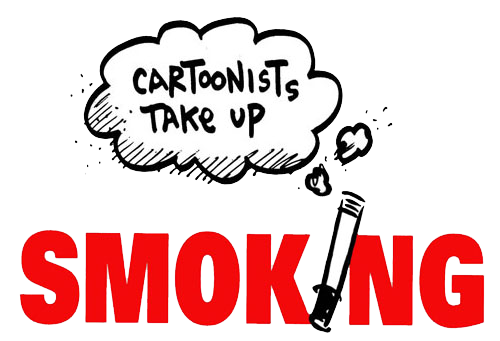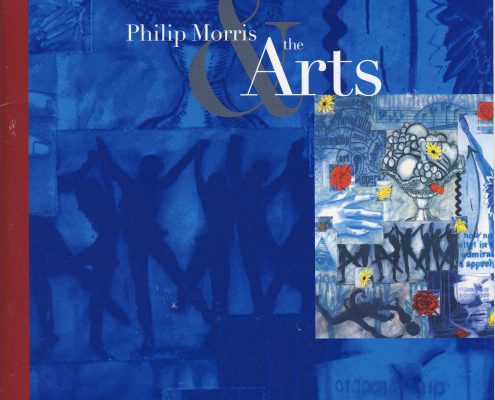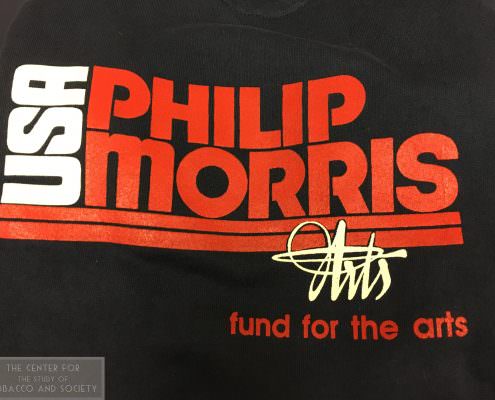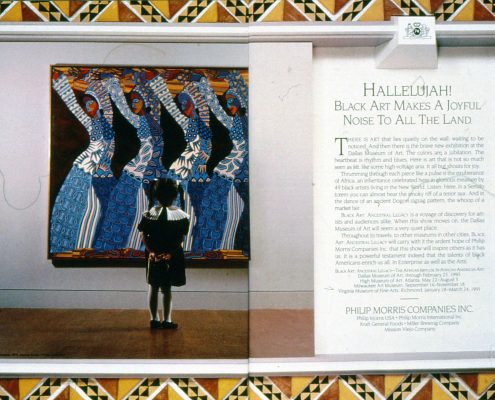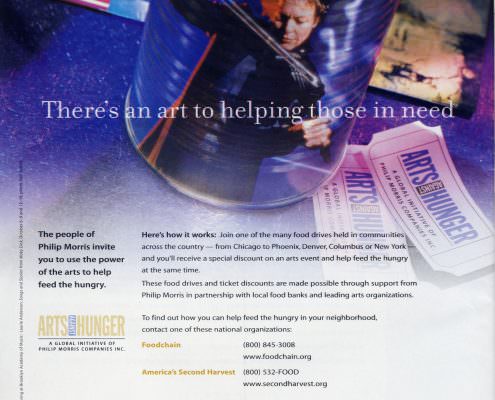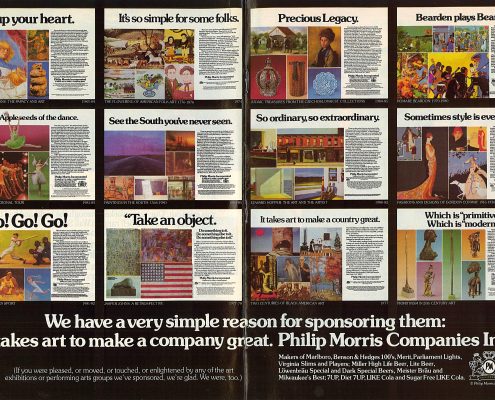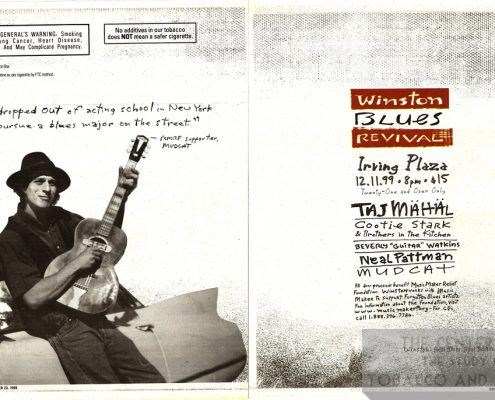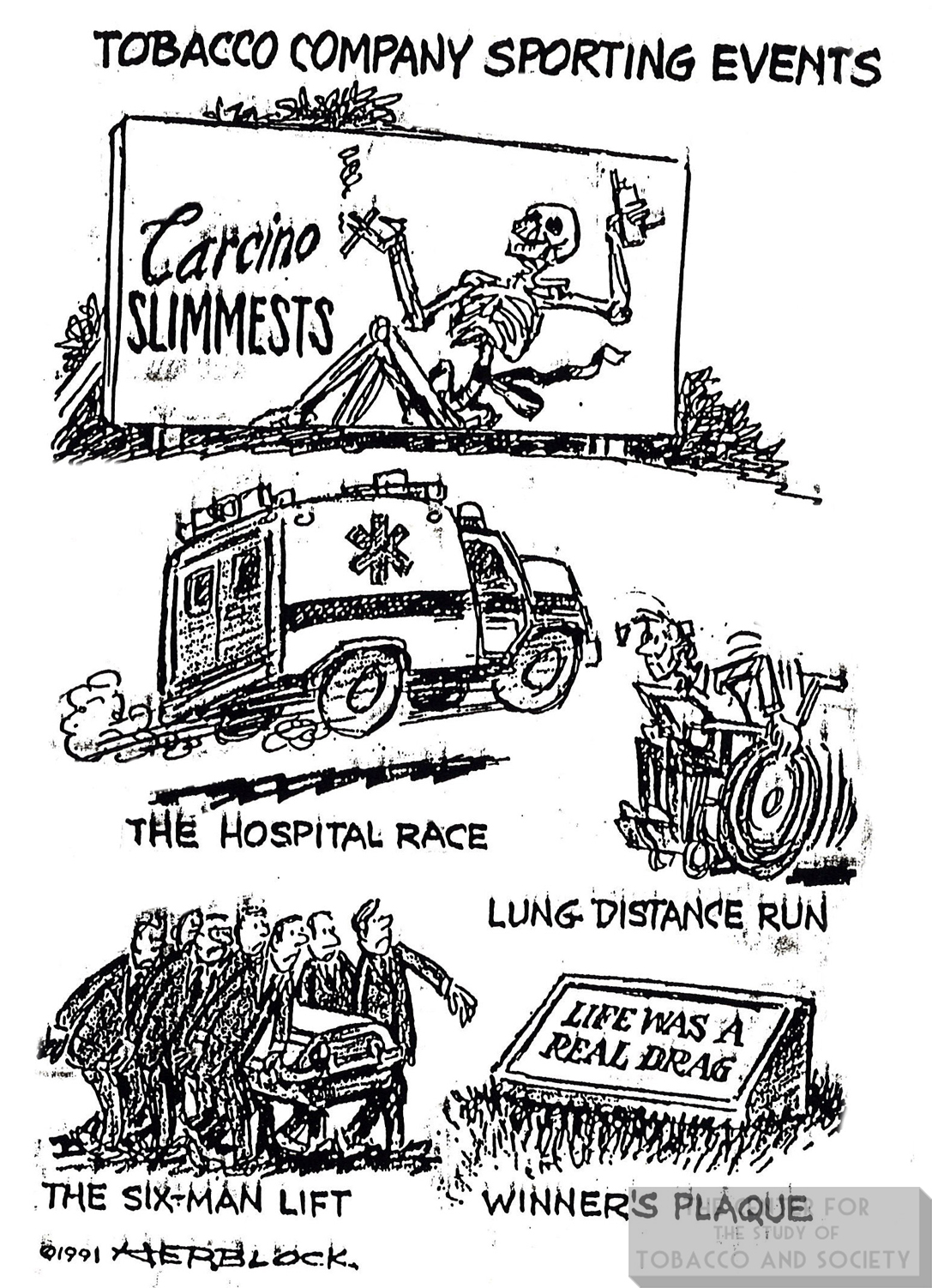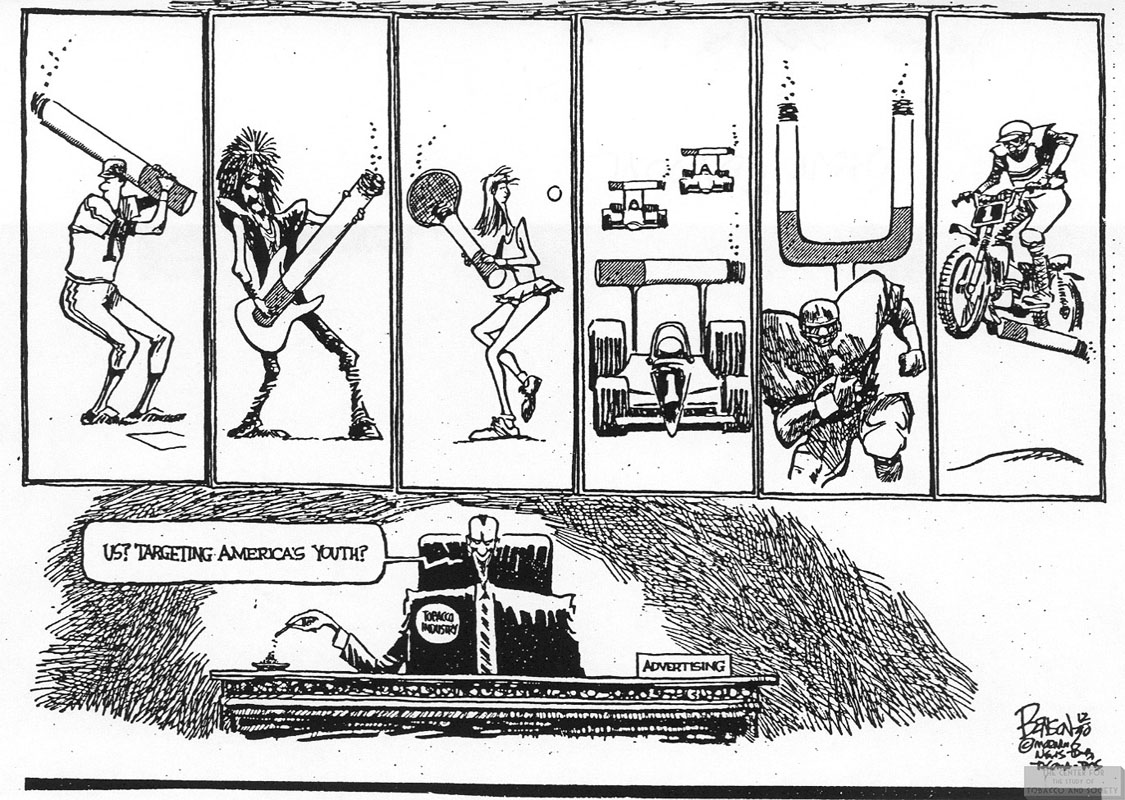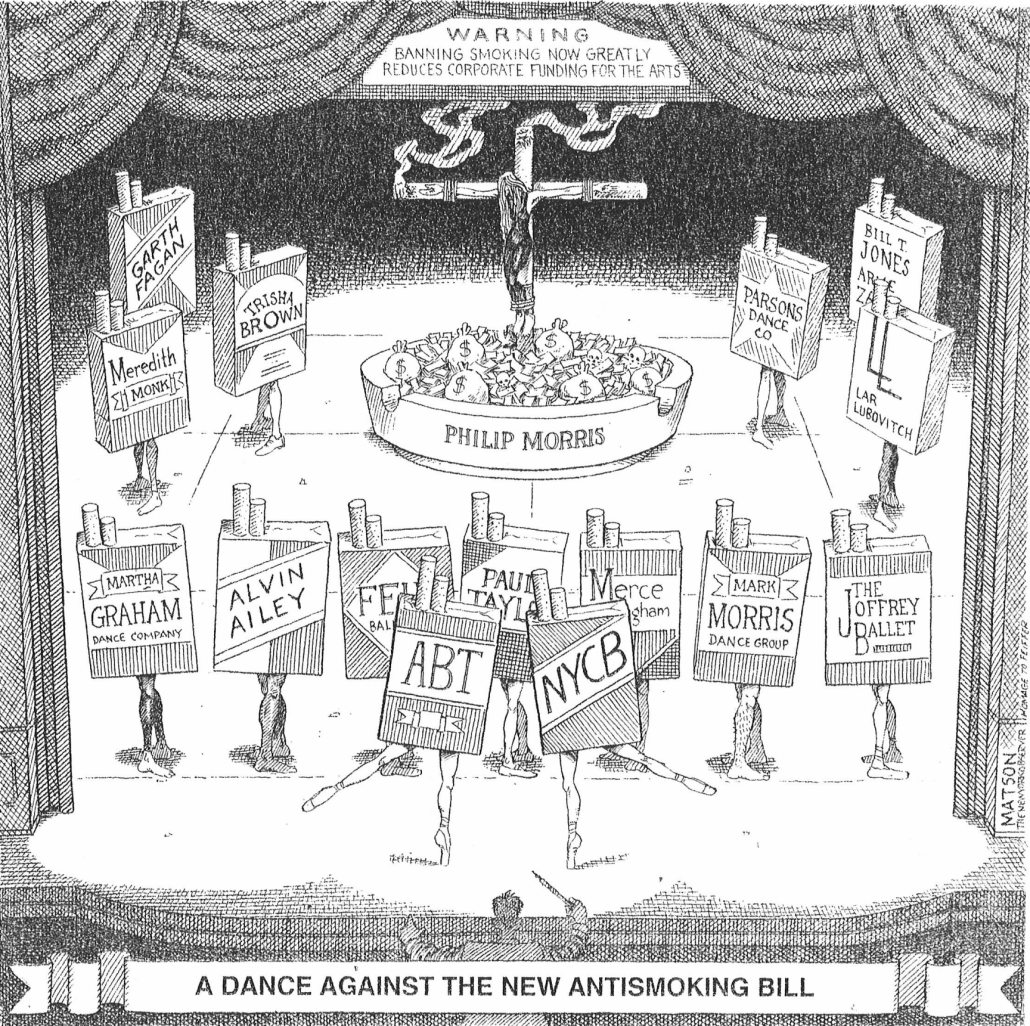Tobacco Industry Sponsorships of Sports and the Arts
- Through most of the 20th century, most major league baseball teams had a cigarette brand as a major sponsor, over and above the many different brands advertised in the scorecards and yearbooks.. In New York City, for instance, the main cigarette sponsor of the Yankees for decades was RJ Reynolds Camel (then Winston beginning in the mid-1950s when filtered were introduced after reports that smoking caused lung cancer); the Giants were sponsored by Liggett & Myers’ Chesterfield; and the Brooklyn Dodgers were sponsored by American Tobacco Company’s Lucky Strike.
- After cigarette advertising was banned by Congress from TV and radio in 1971, tobacco companies merely shifted their TV advertising expenditures into the sponsorship of televised sporting events and began sponsoring entire sports leagues–the best known of which were Philip Morris’ Virginia Slims Womens Tennis Circuit (1971-1996) and RJ Reynolds’ Winston Cup NASCAR Racing (1971-2004). Events in these series were televised, resulting in constant exposure to cigarette brand names on racecars, players’ uniforms, and billboards throughout the stadiums and arenas. Only two the 24 major league baseball stadiums in the US in 1985 did not have cigarette billboards (Dodger Stadium in Los Angeles and the Chicago Cubs’ Wrigley Field). By the 1990s, more than 20 cigarette sponsored sports were regularly televised, and in 1994 RJ Reynolds acknowledged sponsoring 2736 separate sporting events throughout the US, many of which were on TV.
- Thus, barely a decade after TV and radio cigarette commercials were banned, more than $2.7 billion was spent each year in the US by the six major tobacco companies to promote cigarette smoking. Such advertising, including sports sponsorships that were not perceived by young viewers as advertising, created social acceptability for cigarettes, and helped reinforce complacency of those who did not smoke.
- Sponsorship of art museums, dance troupes, symphony orchestras, and opera companies was pioneered in the 1950s by Philip Morris, manufacturer of Marlboro cigarettes, to offset the bad news about smoking. Cultural sponsorship was so successful in enhancing its image in the arts and business communities that Philip Morris adopted the slogan, “It takes art to make a company great.”[To read, hear, and see more about tobacco sponsorship of the arts, use this link.]
- In 1994, Philip Morris asked leaders of the Metropolitan Opera, the Metropolitan Museum of Art, Lincoln Center for the Performing Arts, the Joffrey Ballet, and other cultural organizations to lobby against a bill before the New York City Council to restrict smoking in public places.
“The arts provide a kaleidoscope of visions of how beautiful and wonderful the world can be” (1:27)Promotional video by Philip Morris |
“In a constantly changing marketplace, playing it safe is taking the greatest risk of all.” (0:30)Promotional video by Philip Morris |
“Sponsoring art is a positive thing” (2:13)Promotional video by Philip Morris |
“Maybe if tobacco companies really wanted to reduce teen smoking, they could…Make each cigarette smell like a camel…”
Chuck Asay
The Colorado Springs Gazette
1990
“Tobacco Company Sporting Events: Carcino Slimmest”
Herb Block
The Washington Post
1991
“Us? Targeting America’s youth?”
Steve Benson
Arizona Republic
1990
“It wrenches my heart to see the lives of people—especially young ones—shortened and ruined on the sacrificial altar of Big Tobacco’s greed and lies. Big Tobacco’s evildoers are making an ash out of themselves, while staining their Grim Reaper hands with the prolonged death and suffering of their victims.”
–Steve Benson
“[The Sylvia Opinion Hot Line on Philip Morris support for the arts]”
Nicole Hollander
“Sylvia” comic strip
Circa 1994
“[Tobacco industry advocate North Carolina Senator Jesse Helms:] I’ve approved your National Endowment fo the Arts grant…”
Jimmy Margulies
The Houston Post
1989
“Artists as Ashtrays”
Postcard
Artwork by Doug Minkler, text by Alan Blum, MD
Distributed by Doctors Ought to Care (DOC) as part of a satirical campaign aimed at tobacco industry-sponsored museums and cultural organizations.
1988
“A dance against the new antismoking bill”
RJ Matson
New York Observer
1994
“To people in the arts, two of the best words in the English language for more than a generation have been Philip Morris, and never mind if the money comes from tobacco. The $61 billion maker of cigarettes, food and beer has been one of the nation’s biggest supporters of culture since 1958, and unlike many companies, Philip Morris has generally given lots of money and asked nothing in return…
“Until now. Late last month, writhing in dismay over strong anti-smoking legislation pending before the New York City Council, Philip Morris executives telephoned arts institutions that had benefited from their largess and asked them to put in a good word with Peter F. Vallone, the City Council Speaker.
“The arts groups say they were not asked to lobby directly against the bill, which would ban smoking in nearly all restaurants and public places, but only to let the City Council know how important Philip Morris money is to the cultural life of the city.
“‘But the message was clear,’ said an official of one of the groups underwritten by Philip Morris. ‘We were telling the City Council that it was in the best interests of the arts in New York City that Philip Morris money stay in New York City.’ And for Philip Morris money to stay in New York, the company had to be kept happy, and that, in turn, meant defeating the anti-smoking legislation…”
–Paul Goldberger, “Philip Morris Calls in I.O.U.’s in the Arts,” The New York Times, October 5, 1994
Learn more about the tobacco industry sponsorship of the arts…
Learn more about how tobacco companies have long teamed up to sponsor sports…

